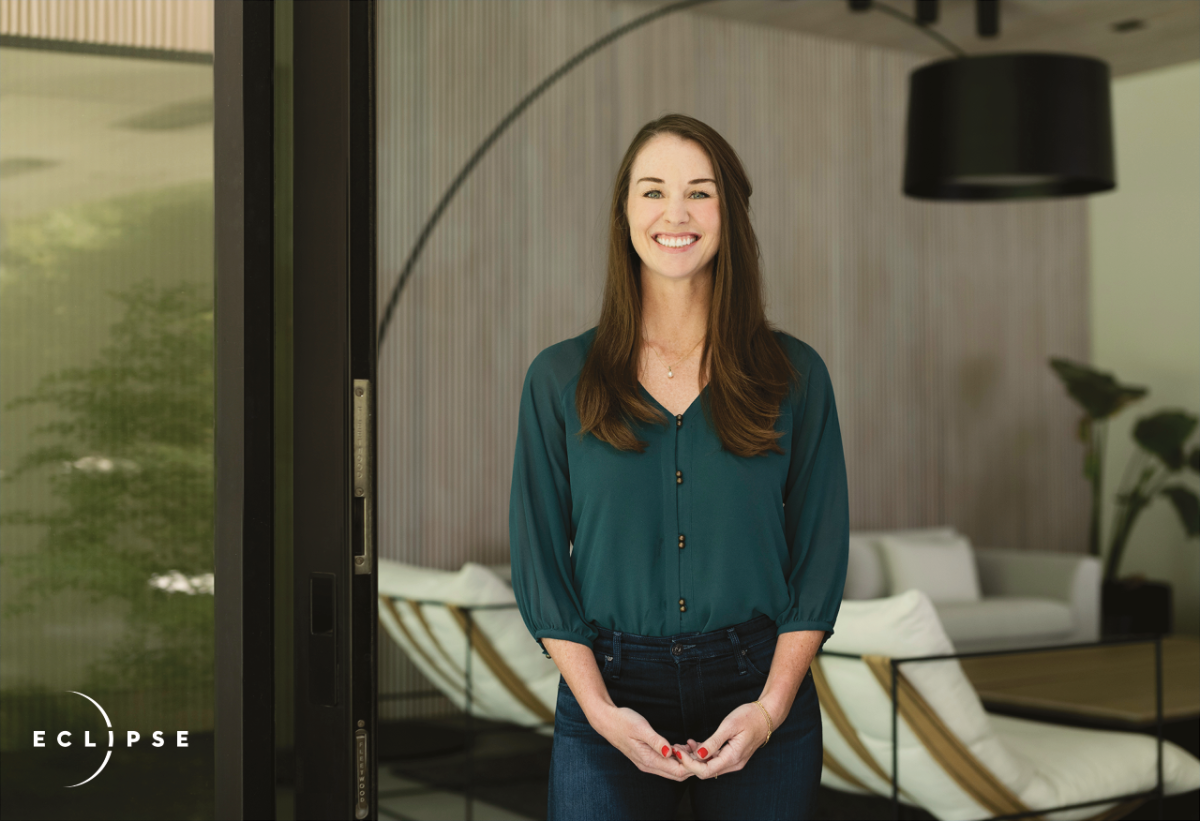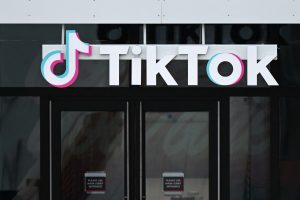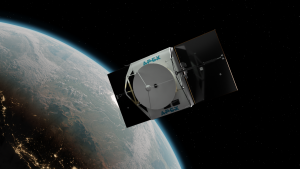
Kaitlyn Glancy, long Flexport’s VP of North America, just joined the world of VC
Today, Kaitlyn Glancy, who has spent more than eight years with the logistics company Flexport — the last four of them as the outfit’s vice president of North America — is announcing that she has joined the world of VC as the newest partner at the venture firm Eclipse.
On its face, it appears to be a great fit. Eight-year-old Eclipse, based in Palo Alto, has from its founding looked to fund startups that are modernizing legacy industries, and as the world learned during the pandemic, the shipping industry remains highly challenged, even while it becomes more automated. Meanwhile, Glancy has serious operational chops. She oversaw a team of roughly 400 people spanning 10 offices in her previous role and is expert in developing sales teams.
To learn more about Glancy and the types of startups that she’s likely to be spending the most time with — at least at the outset — we talked with her yesterday morning.
TC: Presumably, you’ve seen enough at Flexport to understand the pain points that younger startups might tackle. Where do you see the most opportunity?
KC: Flexport today focuses on the freight forwarding customs brokerage business — so really on the international trade, [including] air, ocean, and then the extension of trucking. With the Flexport acquisition of Deliverr [the logistics business that Shopify just sold to Flexport], they are going to be moving into fulfillment and final mile distribution. If you take what they’re doing as an example, what customers want is a more end-to-end solution and a more tech-enabled solution. That became for me abundantly clear in the height of COVID when there were supply-chain crunches everywhere and you bought a new couch and had no idea where it was for six to eight months. The biggest theme we saw was resiliency, this sense of: how can we react quickly and take whatever comes our way? So I’m really excited to look into the whole suite of startups and players in the supply chain space.
There’s a lot of interesting developments to be done on the domestic piece [in particular], whether that’s support infrastructure, rail infrastructure, trucking infrastructure, enabling your frontline operators in warehouses to work more efficiently, getting goods from the warehouse to the end customer faster. There’s just so much space to play in.
Eclipse just raised a lot of money. Is your role to find undiscovered gems or help the firm to get behind companies that are gaining momentum?
Eclipse is focused on seed through Series D; early stage and early growth are our sweet spots. I’ll be focusing much of my time on that seed and Series A space. I think what’s interesting is over the last several years, you have seen an emphasis on supply chain visibility and yet it’s still a challenge because cargo passes through so many different hands, whether it’s an ocean or airline carrier or it’s in the actual physical port, then the rail, then the truck. With all of those handoffs, there’s always the opportunity to lose track of the cargo and for me at Flexport, that was always the most painful part of the customer experience, so that for me is the main customer pain point, so I’ll want to spend some more time digging into companies that are really looking to crack unique ways of doing that — tracking visibility. Maybe it’s predictive analytics through AI.
Eclipse sometimes incubates companies. Are you interested in helping to create something from scratch inside the firm?
I hope so. That would be fun to do one day. Right now, I think I’ve got to get my feet under me a little bit.
At Flexport, you had a specific focus on sales and account management and go-to-market strategy. What do you think startups get wrong when it comes to developing this muscle?
Especially if you’re a product- or engineering-based founder, there tends to be a desire to perfect the product before bringing it to market. What we learned at Flexport was that you don’t need to have a totally perfect product; you need to have a minimum viable product you can take to market. One of the great things we did at Flexport was take an MVP to market that wasn’t totally perfect and we started selling it and we started learning from our customers and then incorporating their feedback into our product and honestly, we ended up making an even better product as a result because we had hundreds of customer feedback points.
If you have a good baseline product, customers want to help solve [these issues] with you. Then they can help you build for the needs of their business.


